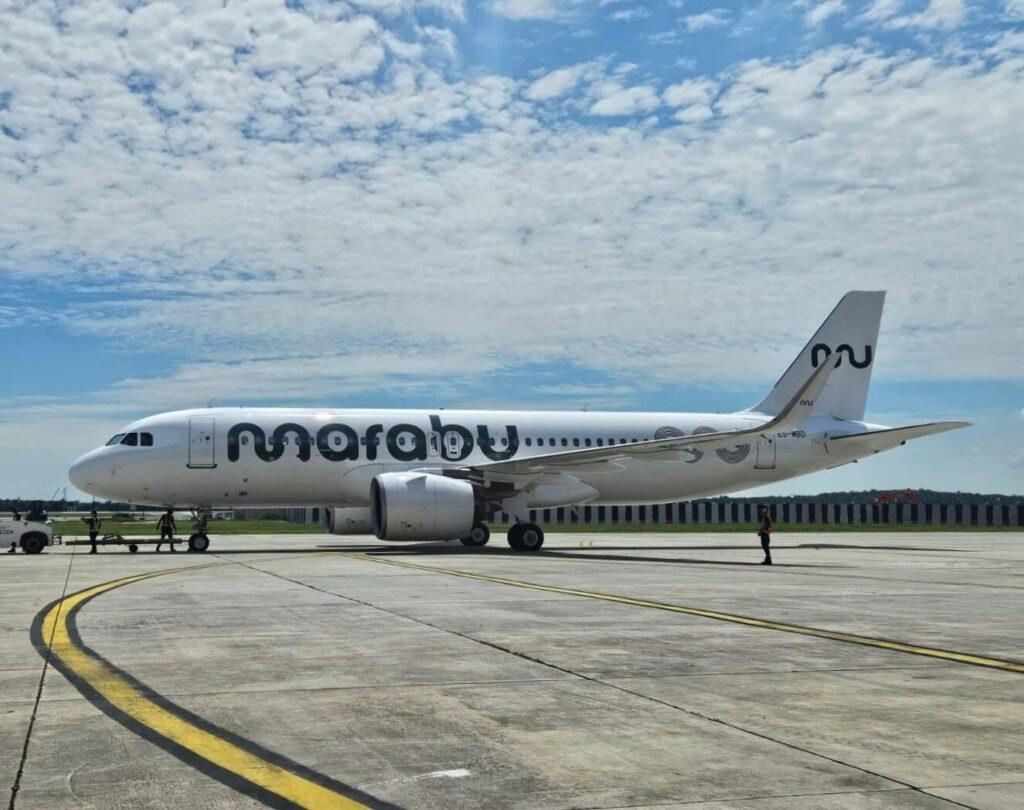
AeroGenie — 您的智能副驾驶。
热门趋势
Categories
Joby Aviation’s Strategy for Launching Commercial eVTOL Operations

Joby Aviation’s Strategy for Launching Commercial eVTOL Operations
Advancing Electric Vertical Flight Technology
On a clear morning at Marina, California airport, Joby Aviation’s electric vertical takeoff and landing (eVTOL) aircraft completed a test flight that demonstrated the company’s technological progress. The five-seat aircraft transitioned seamlessly from hover to forward flight, propelled by six rotating propellers. A Robinson R44 helicopter accompanied the flight, but the Joby eVTOL quickly outpaced it, circling the airport as the test pilot provided feedback on handling and wind response. A standout feature of the aircraft was its remarkably low noise profile, marketed as being as quiet as a conversation. This near-silent operation represents a critical advantage for public acceptance and the capture of urban air taxi market share.
Founded in 2009 by engineer and entrepreneur JoeBen Bevirt, Joby Aviation has pursued the development of a sustainable, all-electric aircraft capable of vertical takeoff and landing. Bevirt, whose previous ventures included the GorillaPod camera tripod and Joby Energy, initially self-funded the company. Early development took place in a barn on Bevirt’s Santa Cruz ranch, where engineers created proprietary electric motors, flight software, and lithium-ion batteries—often innovating components that did not previously exist. Eric Allison, Joby’s chief product officer, noted that as one of the pioneers in the eVTOL space, the company had to develop many of the necessary technologies from scratch to meet their performance goals.
Navigating Regulatory and Market Challenges
Despite significant technical achievements, Joby Aviation faces considerable challenges as it prepares for commercial operations. Regulatory approval remains a major hurdle, with the Federal Aviation Administration (FAA) still in the process of establishing certification standards specific to eVTOL aircraft. Additionally, the infrastructure required to support urban air mobility—such as vertiports and charging stations—has yet to be fully developed.
Market responses to Joby’s progress have been mixed. The company’s stock price has experienced volatility, particularly following an executive order from the Trump administration aimed at accelerating eVTOL operations in the United States. Competition in the sector is intensifying, with Archer Aviation, a key rival, announcing plans to launch flying taxi services as early as the third quarter of 2025. This emerging competition is poised to influence the trajectory of urban air mobility both domestically and internationally.
Internationally, the eVTOL market is undergoing shifts. A recent downturn in Europe’s eVTOL sector has prompted a strategic pivot toward electric regional aviation, potentially creating opportunities for U.S. companies like Joby and Archer to expand their presence overseas. Joby’s global ambitions are further supported by Toyota’s $250 million investment and plans to operate Joby aircraft in Japan.
As Joby Aviation advances its “crawl, walk, run” strategy, the company remains focused on overcoming regulatory and infrastructure barriers, refining its technology, and positioning itself as a leader in the emerging eVTOL market.
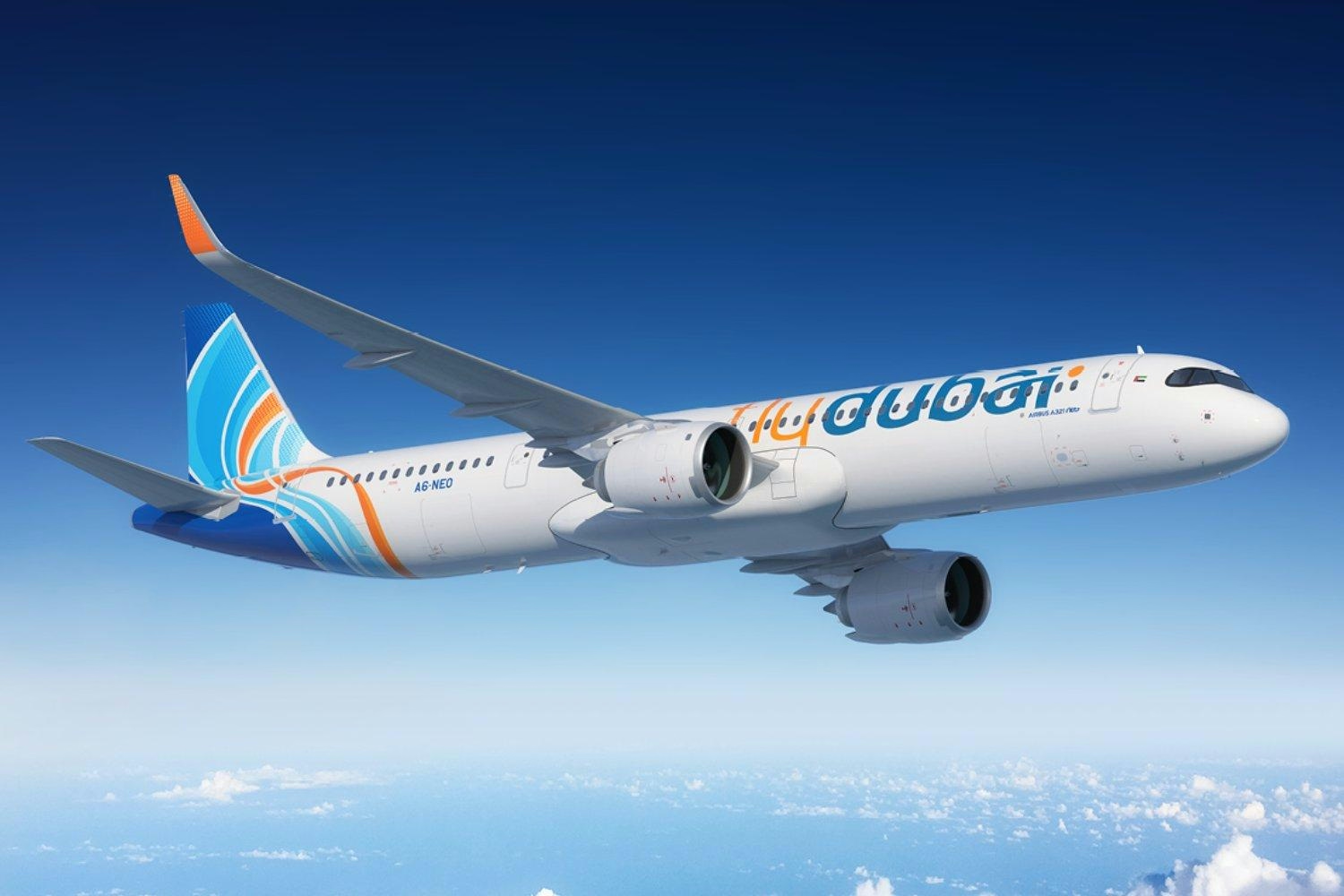
flydubai signs MoU for up to 150 Airbus A321neo aircraft, ending Boeing exclusivity
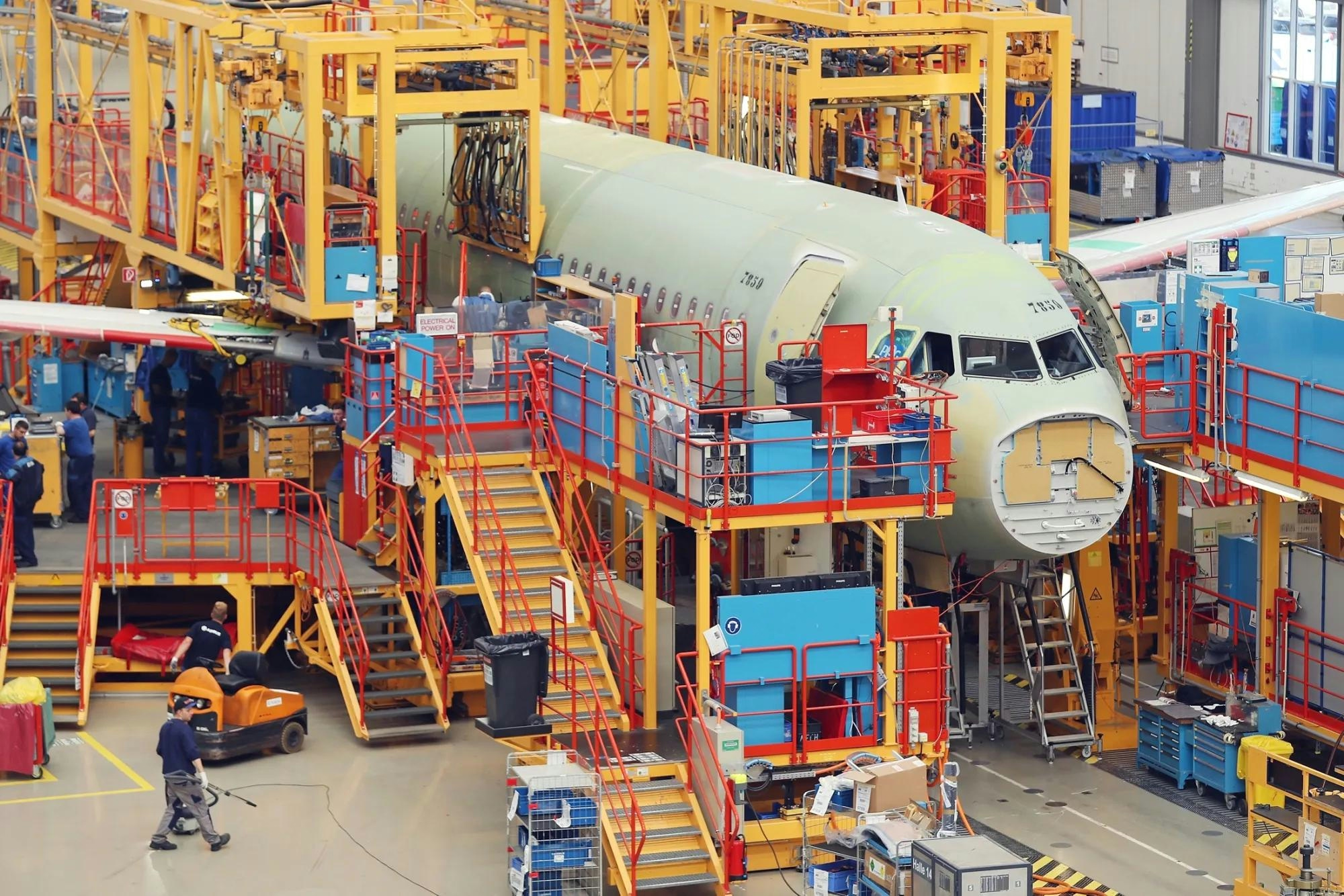
Airbus Secures New Orders from Etihad and flydubai at Dubai Airshow 2025
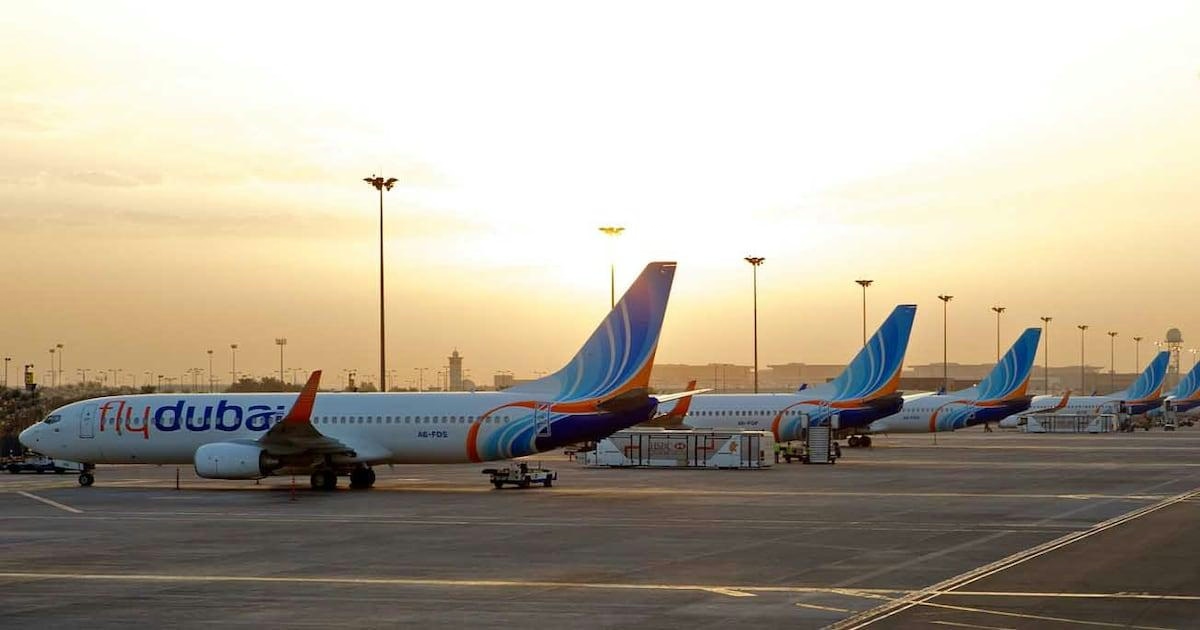
Flydubai Orders 150 Airbus A321neo Jets, Ending Boeing-Only Fleet

AMMROC and Lockheed Martin Sign Letter of Intent to Enhance MRO Cooperation and Regional Support

Emirates kicks off race between Airbus and Boeing for bigger jets
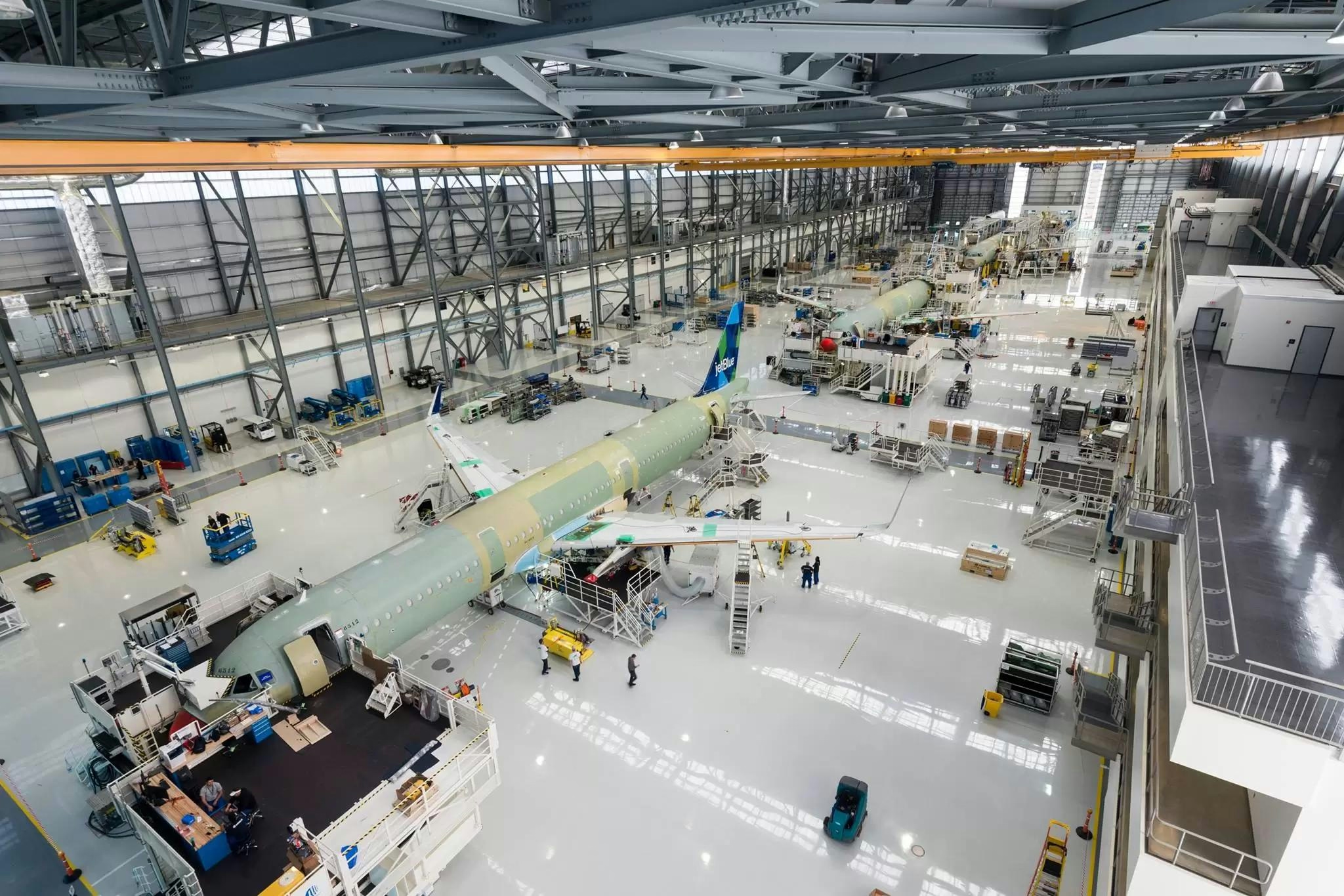
Inside Airbus’s Global Defense and Aviation Technology Hub
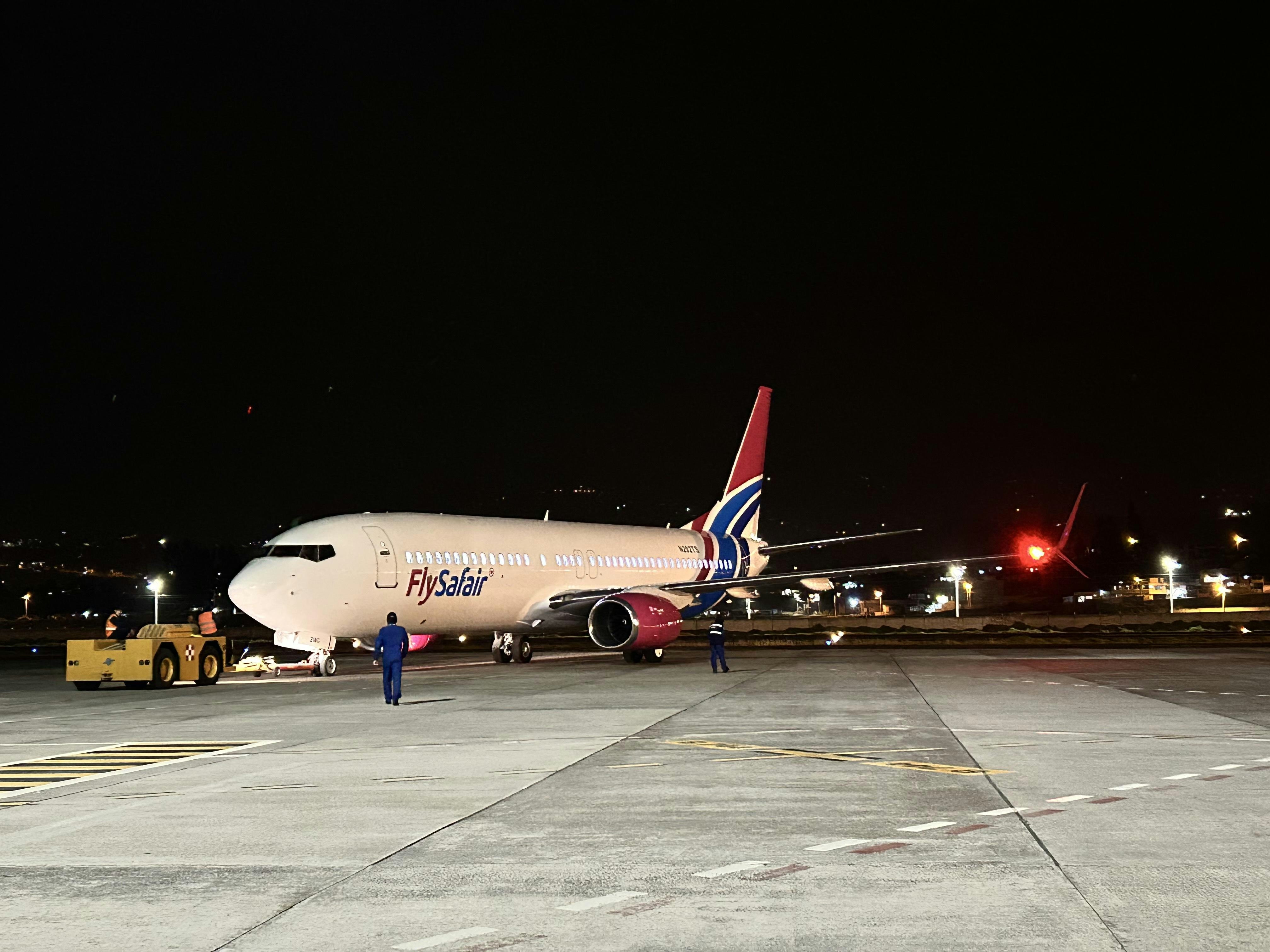
AerCap Leases Boeing 737 MAX and 737NG Aircraft to FlySafair
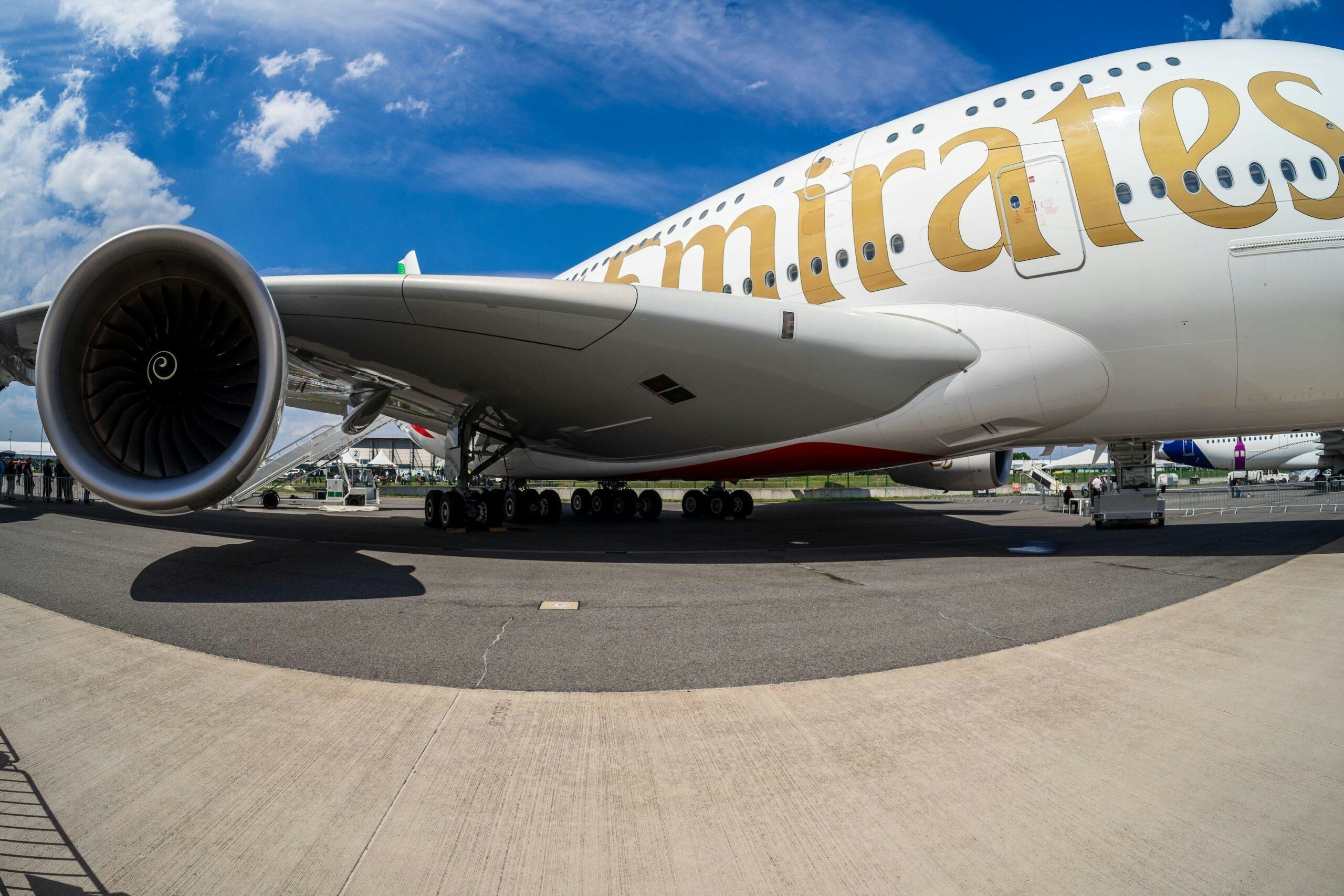
Abu Dhabi's Sanad sees opportunity in global aircraft engine crunch
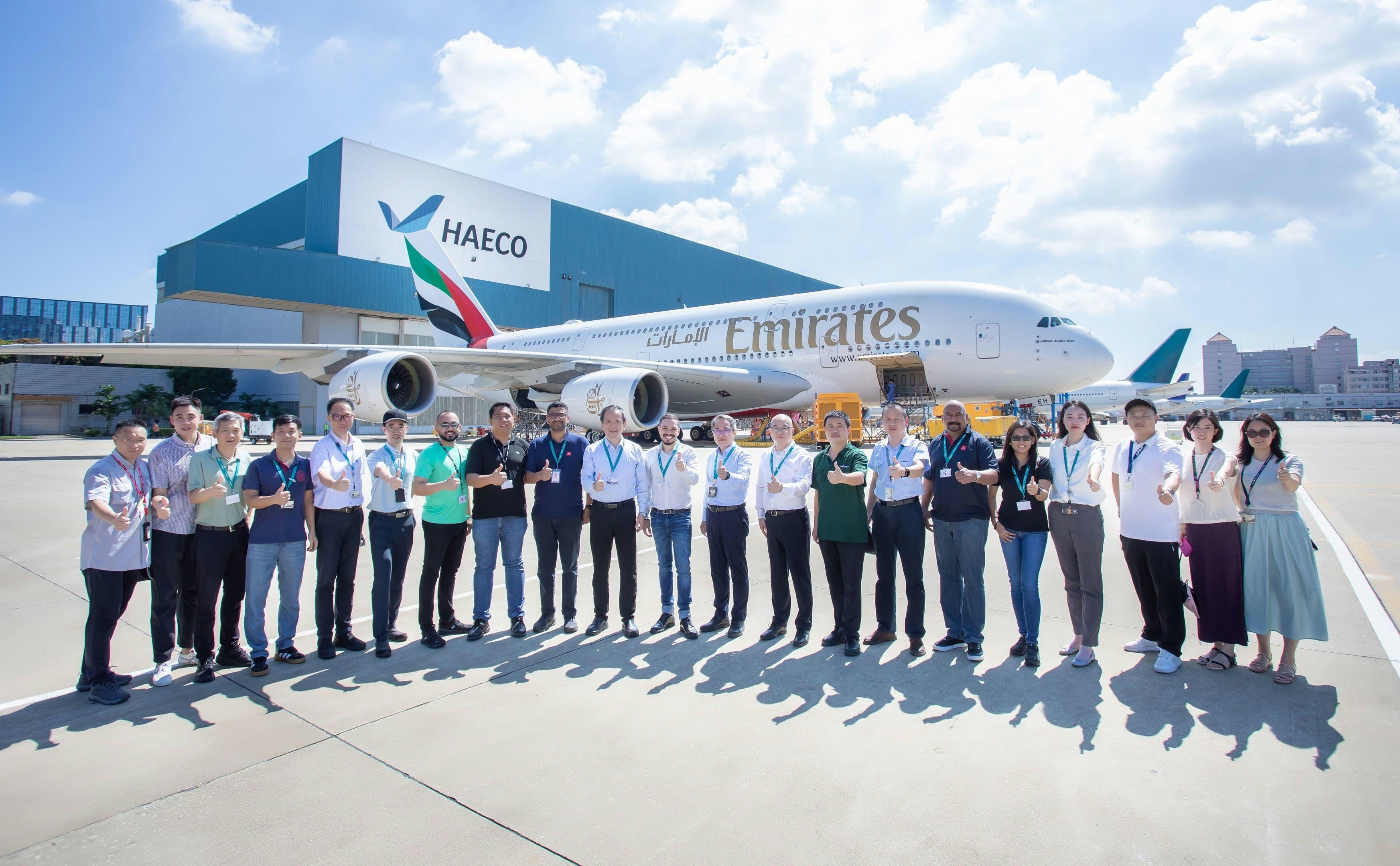
Collins Aerospace and Emirates Extend A380 Landing Gear Maintenance Agreement
